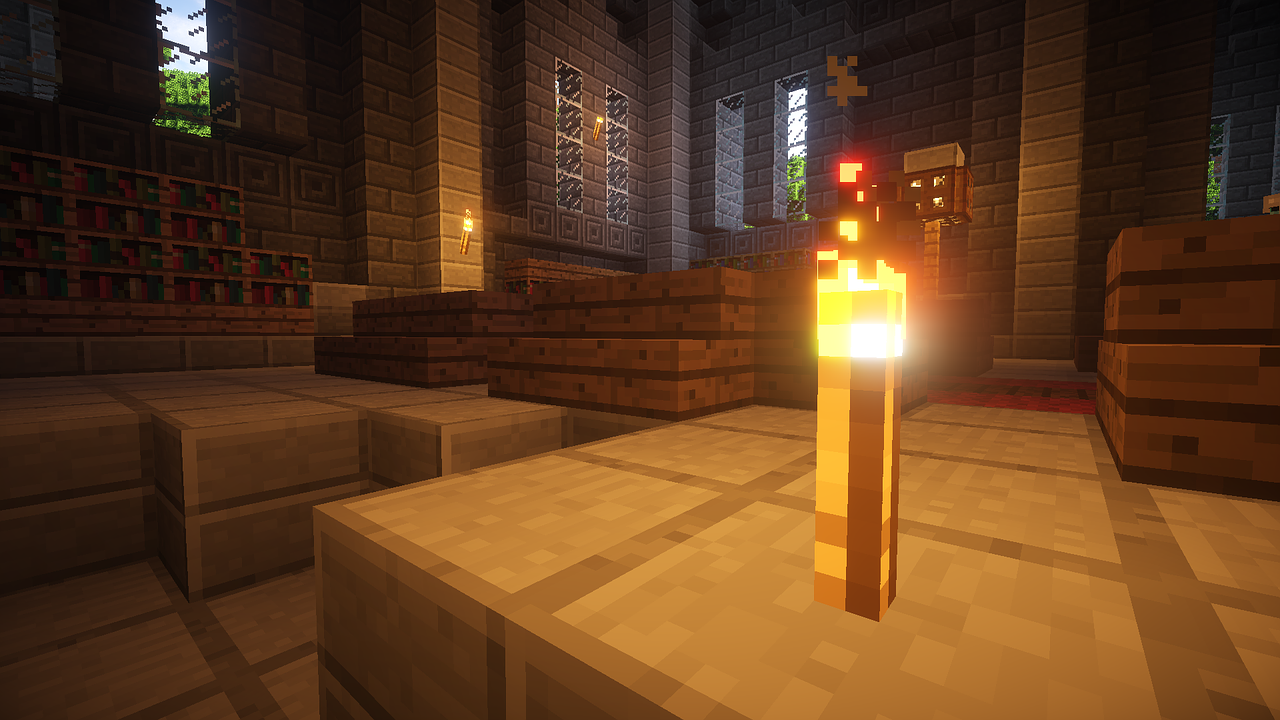Drivers and innovation accelerators
Modern game engines are so universally applicable that they are also used outside of computer games to present digital content. This enormous potential is also used in the automotive industry for the visualization of vehicles.
Game engines in automotive production
Game engines bring the previously often competing goals of appealing visualization, interaction capability and required hardware performance closer together. This makes them interesting for machine builders and OEMs in all areas of the product lifecycle. Be it for evaluating design decisions in an early phase of product development without physical images of the design data or for visualizing any variation of the product towards the customer.
Visualization in real time
Game engines can also be used in the field of virtual reality (VR). Virtual reality is a highly immersive experience, as this technology takes the user into a new, virtual world, completely shutting out their environment. As a result, vehicle manufacturers that convert their showroom configurators to a game engine can let their customers experience individually configured dream cars directly using VR. This means that vehicles can not only be explored before the start of production, but can also be virtually test-driven in the future. Although haptically sitting in a real car body, the perceived visual environment is “drawn” by digital media. In addition, the customer can easily change the configuration, because only when the customer knows all the options and has tried them out can he make the right decision.
From video game to industry
The foundation of any successful game is its game engine, such as Unity or the Unreal Engine, as it is crucial to the game’s usability and thus player satisfaction. A current game engine provides all the necessary tools to freely design an interactive experience of any degree. The game engine behind each game can be used to program the interactive behavior, i.e. the response to player input, place 3D models in space, texture objects, play animations, play audio signals, calculate physics effects and establish multiplayer connections. The high diversity of available game engines in a mass market and a permanent increase in hardware performance have ensured continuous further development, distribution and opening for years, which is only underlined by the worldwide turnover of the video game industry of 73 billion euros in 2019. Whereas in the past a game engine was often developed specifically for each game, widespread and, to a certain extent, even free-to-use all-rounders dominate today; these are also increasingly being used in industries beyond video games, where their potential is being exploited to great effect.
The ideal partner for the use of game engines
Consileon offers holistic consulting on the strategic and process-related use of game engines in your company. In addition to conceptual support, we advise on the selection of the optimal game engine for you, taking into account all advantages and disadvantages as well as technological limitations. In addition, we also support you in deciding whether the use of a game engine in a specific use case makes sense and is economical, or whether the desired effect can instead be achieved by existing software products in combination with higher-quality hardware.
